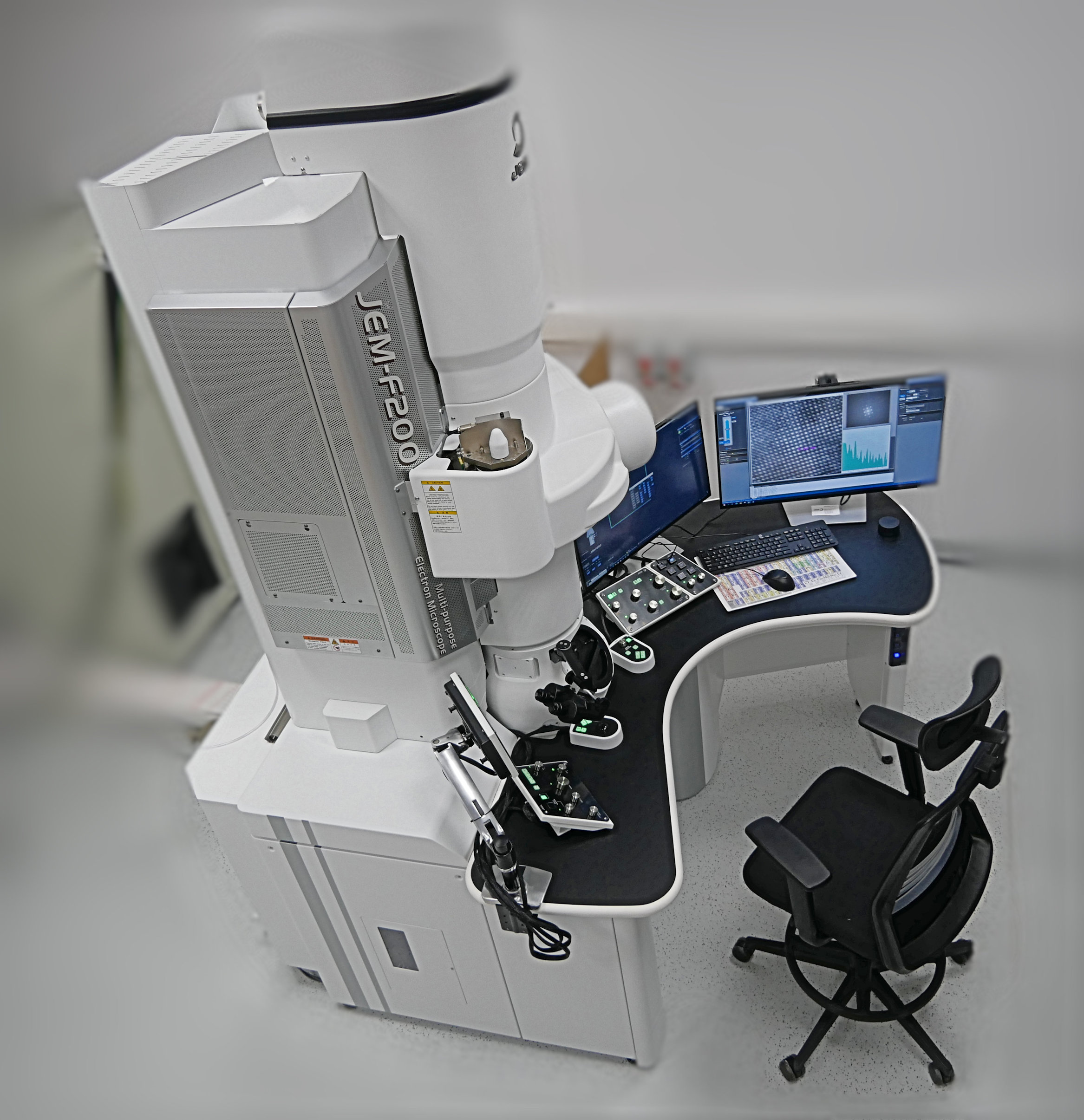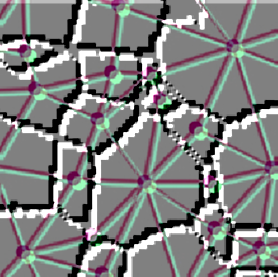For Schools
Oferta dla szkół

18-09-2023
![Zdjęcie: Artystyczna interpretacja odpływów galaktycznych. Aktywność gwiazdotwórcza może skutkować powstawaniem potężnych wiatrów (odpływów), które są w stanie przenosić gaz na bardzo duże odległości, aż do przestrzeni międzygalaktycznej. Linie emisyjne [CII] 158 μm wyraźnie wskazują na odpływ gazu atomowego. Źródło: ESA/Hubble, ESO/L. Calçada, M. Romano. Zdjęcie: Artystyczna interpretacja odpływów galaktycznych. Aktywność gwiazdotwórcza może skutkować powstawaniem potężnych wiatrów (odpływów), które są w stanie przenosić gaz na bardzo duże odległości, aż do przestrzeni międzygalaktycznej. Linie emisyjne [CII] 158 μm wyraźnie wskazują na odpływ gazu atomowego. Źródło: ESA/Hubble, ESO/L. Calçada, M. Romano.](/sites/default/files/2023-10/press_image_pol.png)
06-09-2023
Oferta dla szkół
Oferta dla studentów
Oferta dla specjalistów
Lorem ipsum dolor sit amet, consectetur adipiscing elit. Sed quis sapien quis risus sollicitudin scelerisque. Sed id ex imperdiet, facilisis est ac, ornare ante. Cras posuere nulla sit amet luctus efficitur. Duis eu magna sit amet velit mollis condimentum. Ut elementum dolor vel est efficitur, et vestibulum justo ultrices. Cras pharetra, elit ac faucibus congue, nisl sem volutpat mauris, eu tempor dolor felis sit amet leo. Nullam quis nisi non orci blandit vestibulum. Aenean semper nulla vitae pretium commodo. Maecenas fermentum ex at enim tempus pulvinar.
Lorem ipsum dolor sit amet, consectetur adipiscing elit. Sed quis sapien quis risus sollicitudin scelerisque. Sed id ex imperdiet, facilisis est ac, ornare ante. Cras posuere nulla sit amet luctus efficitur. Duis eu magna sit amet velit mollis condimentum. Ut elementum dolor vel est efficitur, et vestibulum justo ultrices. Cras pharetra, elit ac faucibus congue, nisl sem volutpat mauris, eu tempor dolor felis sit amet leo. Nullam quis nisi non orci blandit vestibulum. Aenean semper nulla vitae pretium commodo. Maecenas fermentum ex at enim tempus pulvinar.
Nasza historia EN

18-07-2023